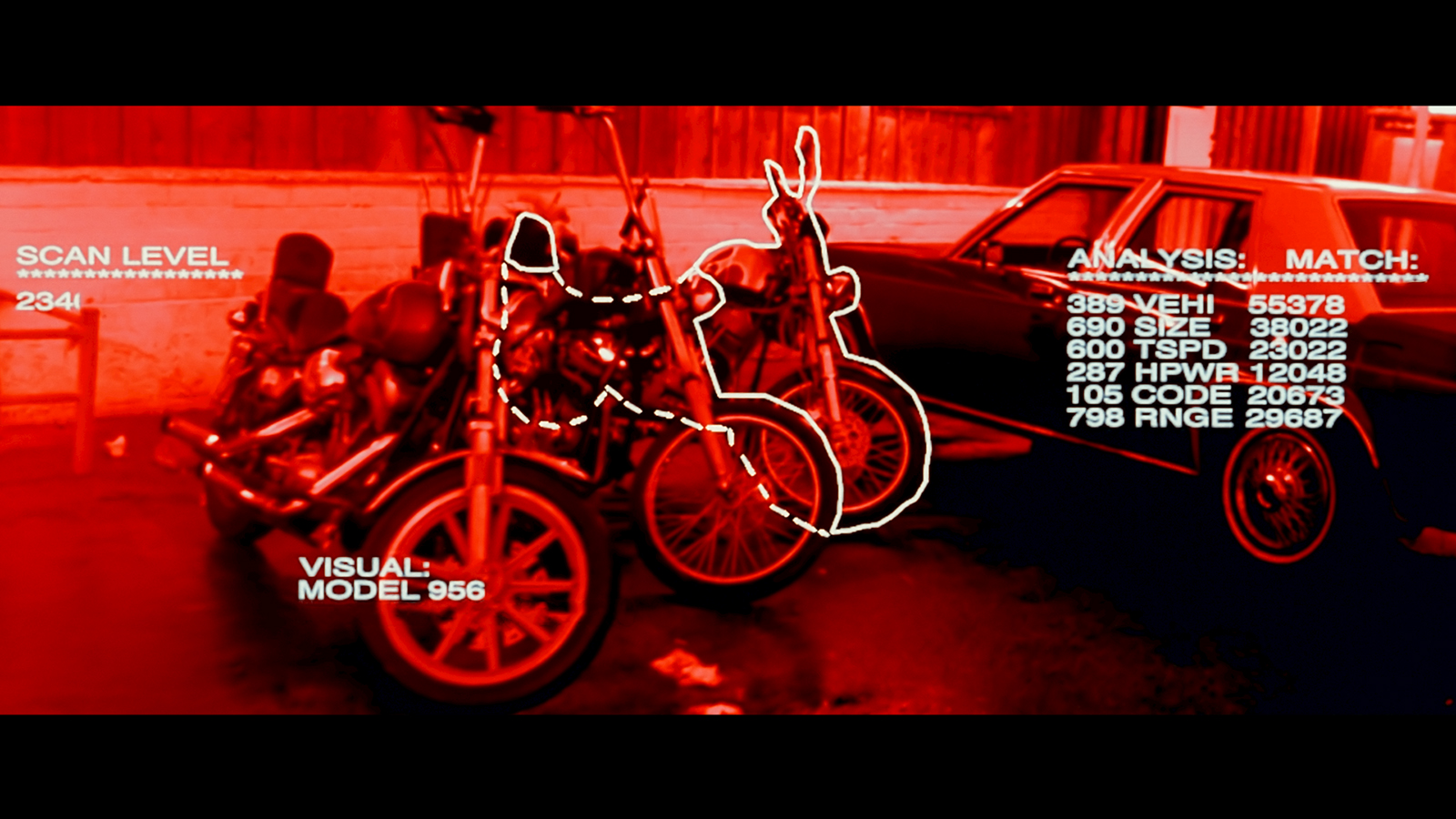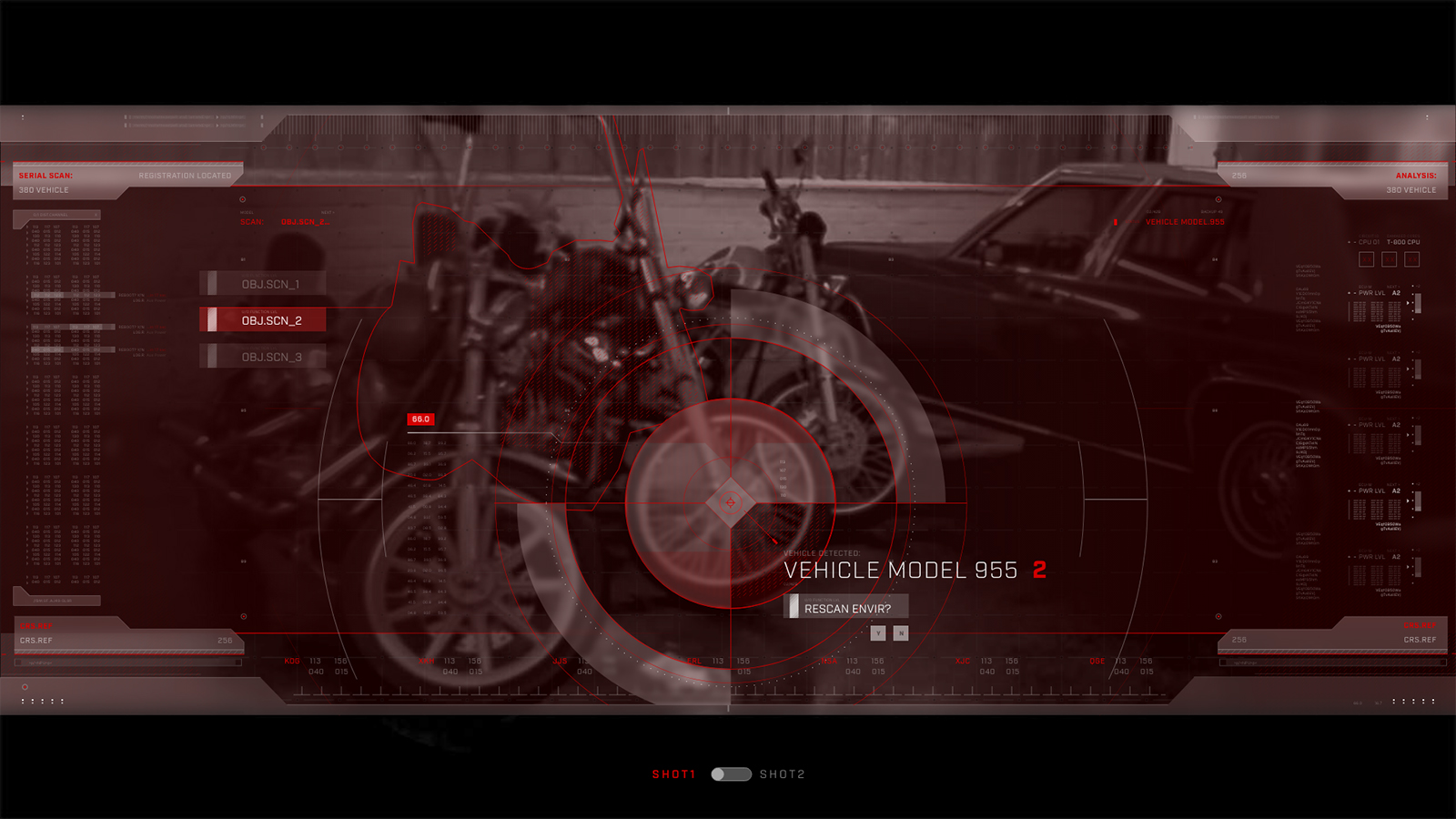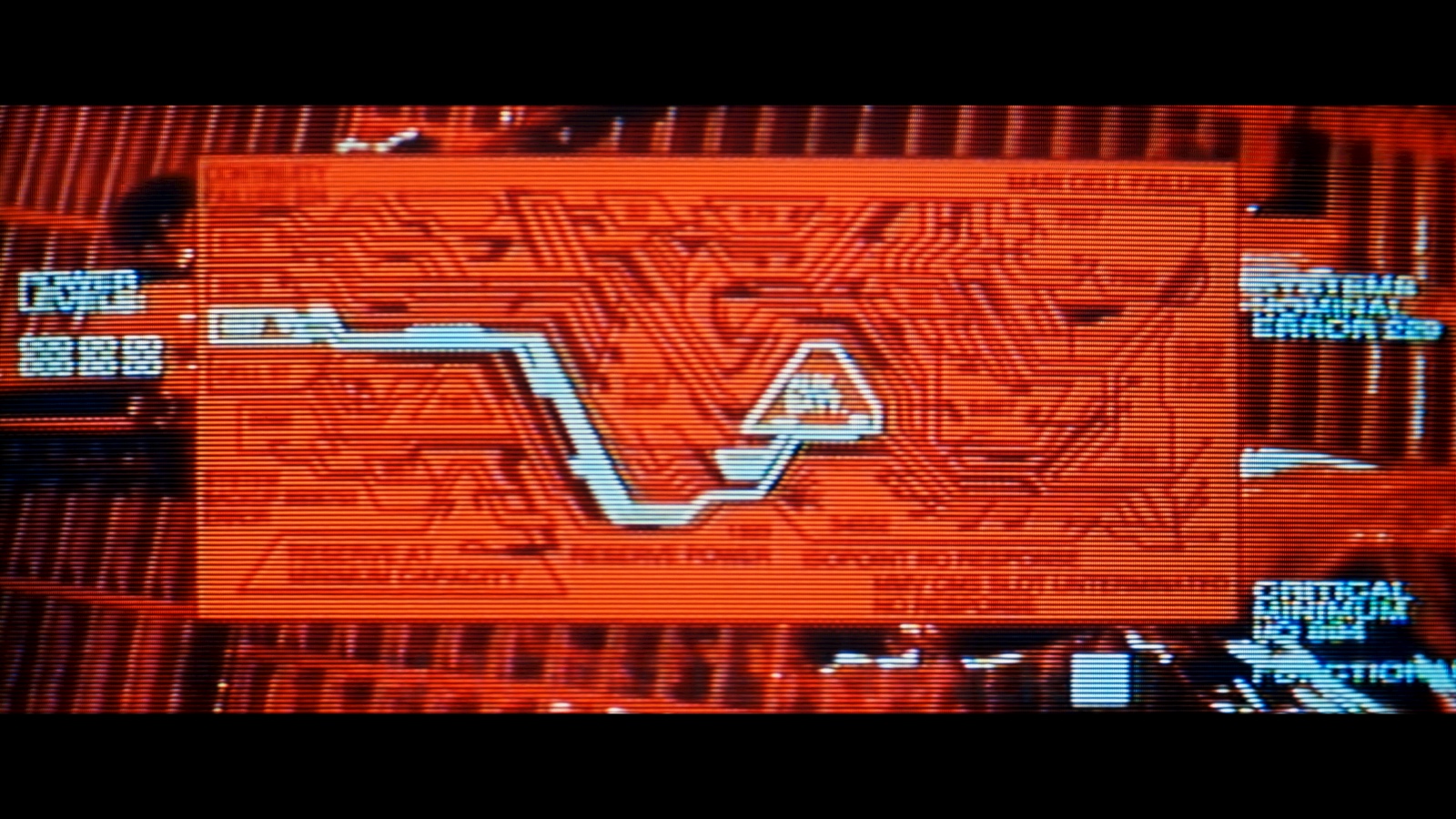The science-fiction film, Terminator 2: Judgment Day, has been credited for introducing ground-breaking visual effects in cinema. What’s perhaps more intriguing is that the film was released in 1991, when the computers used to make those effects are now less sophisticated than the iPhone in your pocket. So, what if the visual effects designers could re-imagine one of those computer-generated elements, using more powerful hardware and software that’s available today? To find out, Adobe tasked Territory Studio, a motion design and visual effects company, with remaking the augmented reality (AR) system used by the cyborgs in the film. The result is a highly polished, fictional graphical user interface that’s much more appropriate — and believable — for a Terminator from the future.
The assignment seems relatively straightforward: redo the UX system from the scene where the T-800 Terminator, played by Arnold Schwarzenegger, scans a row of motorcycles to find the fastest ride for the chase. Adobe has been making software for creating these kinds of fictional computer systems for years, including After Effects, the program used to animate the computer screens in the original Jurassic Park. But to reimagine the iconic Terminator scene, the software giant asked Territory Studio to complete the task using only Adobe XD, one of the company’s newest programs. XD is designed for prototyping user experiences, from websites to apps, but with the Terminator project, Adobe wanted to test out the software’s capabilities for science-fiction storytelling.

Territory Studio set out to keep the original integrity of the James Cameron production, including using the same background footage of the row of Harleys and a Plymouth sedan, while adding a modern take. With experience working on screen effects, from Blade Runner 2049 to Ready Player One, Territory Studio is no stranger to designing fictional computer systems. But Adobe XD was another story, and the design team had no experience with XD prior to the project.
Adobe XD uses tools designed to quickly create prototypes, including options to create repeating elements and style assets that can change a single repeated color or typeface across the design at once. With those shortcuts, Adobe suggests that XD left more space to imagine what an updated Terminator might see.
“A tool like Adobe XD allows a studio to iterate very quickly, to have access to a range of features for a more detailed and rich experience,” Talin Wadsworth, the lead designer for Adobe XD, told Digital Trends. “[Territory Studio] found it helped push this further, faster, using features like repeat grid, global color and style assets, and interactive prototyping, to create a dynamic experience…They were able to imagine more of what the operating system for the Terminator might be like.”
The resulting retake displays more information than the original imaginary system. Using multiple layers, the re-imagined UX helps to further the idea that the Terminator has many more capabilities than the average person, all for assessing information in real time.
When the visual effects designers created the fictional AR technology for Terminator 2 in 1991 — as well as the original Terminator in 1984 — they relied mostly on their imaginations. Fast-forward to the present, AR has moved from concept to actual technology, from heads-up displays in cars and Google Glass to Pokemon Go on phones and AR headsets. While the imagined AR of the original Terminator movies were cool for the time, it now feels a bit outdated. Adobe says, as the sci-fi of the past pushes toward reality, this Terminator project serves as a reminder to continue imagining future technology.
The remake won’t actually show up in a future re-release of the movie. Instead, it’s more of an exercise to see what creatives could come up with when given new tools. But it’s not common for filmmakers to go back to their old movies and do some reimagining. Most notable is director George Lucas, who reworked select scenes with new special effects when the original Star Wars trilogy were re-released, using more advanced tools.
“It’s not only up to us,” Marti Romances, Territory Studio co-founder and creative director, said in a blog post. “Anyone can have a go at inventing something. We are all inventors. For people to put their ideas out there and to do what they would like to do, even if it sounds crazy. Create new things, go crazy, and have great ideas. You never know if that’s going to become a reality.”
Adobe XD — which is now free in a pared-down Starter Plan — is offering access to the different assets used to re-imagine the Terminator 2 scene. A free Terminator 2-themed UI kit is available to download from Adobe starting today.







